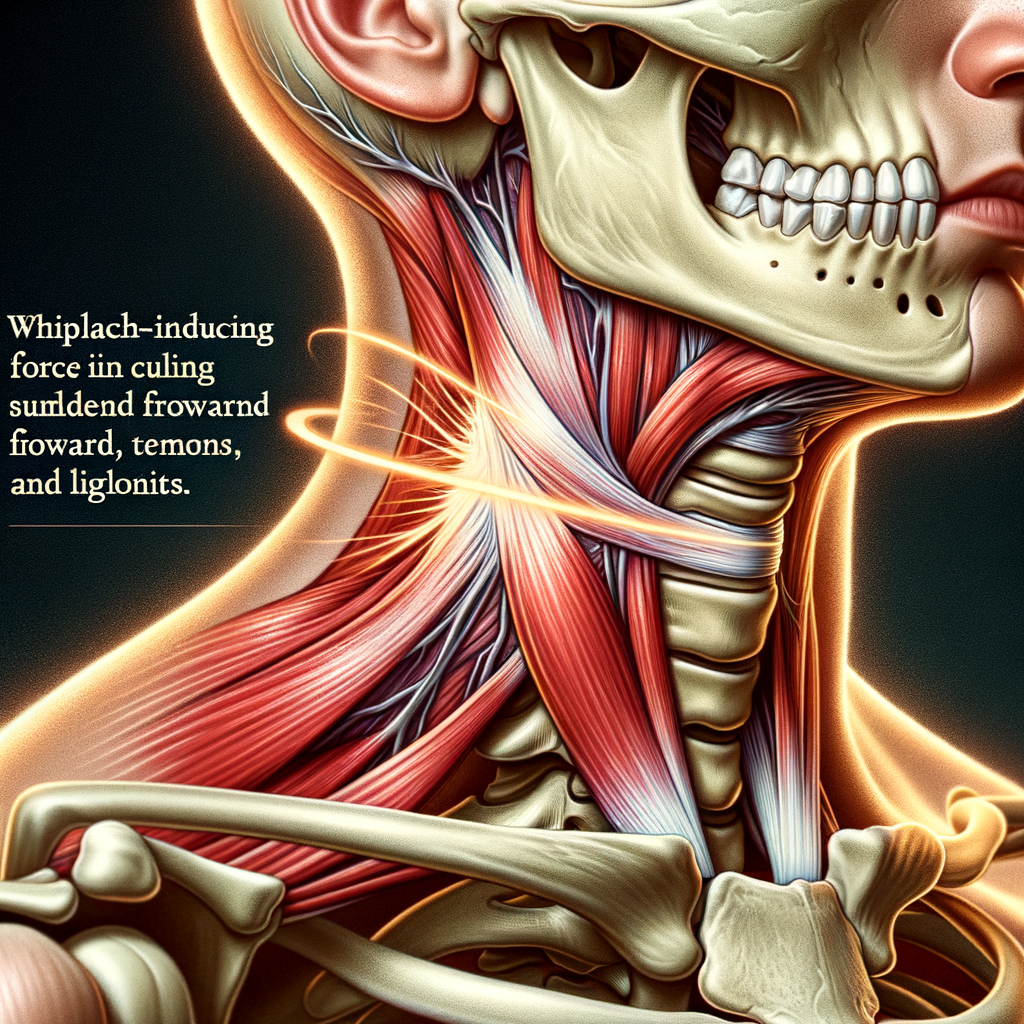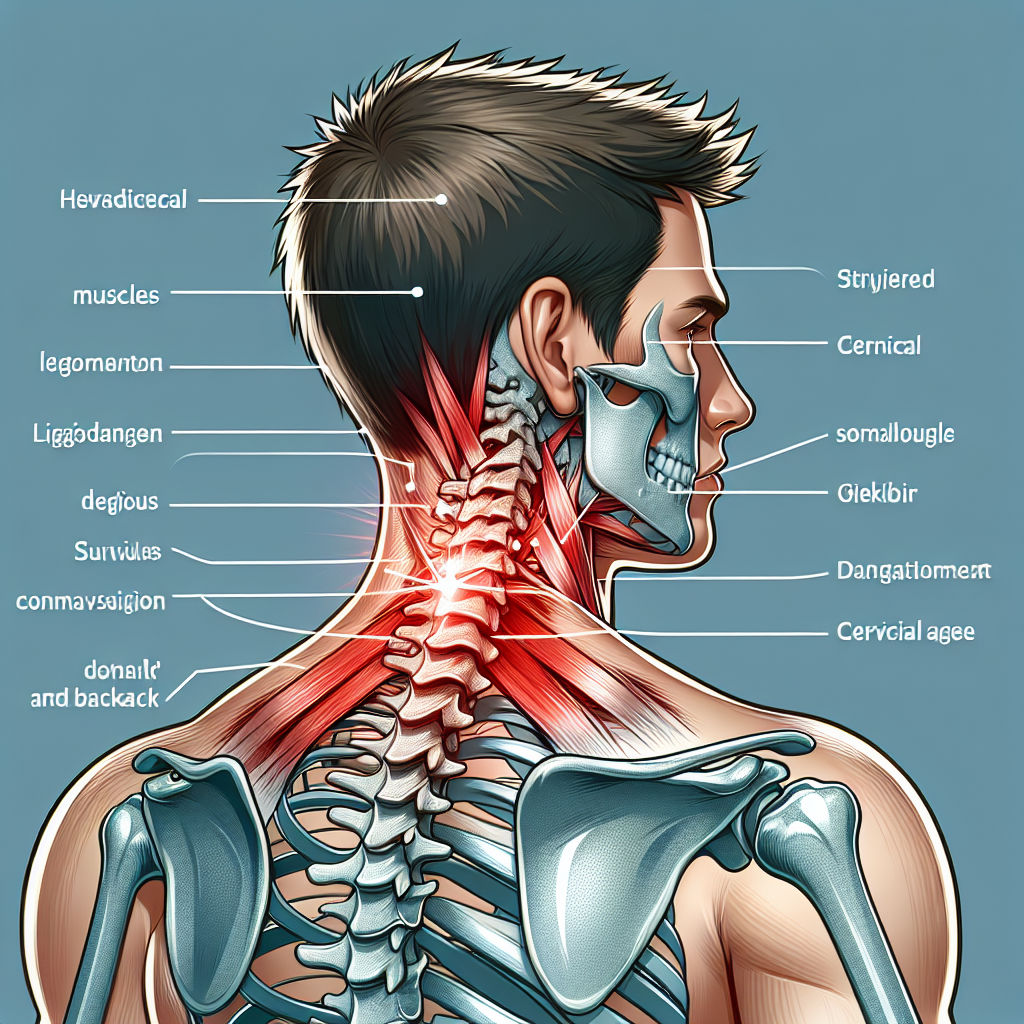Understanding Whiplash Injury: Causes, Symptoms, and Treatment

Whiplash injury is a common condition that often results from motor vehicle accidents, sports injuries, or any sudden jolt to the head and neck. Despite its prevalence, many people lack a comprehensive understanding of this condition, its causes, symptoms, and treatment options. This article aims to shed light on these aspects and provide valuable insights into managing and preventing whiplash injury.
What is Whiplash Injury?
Whiplash is a neck injury due to forceful, rapid back-and-forth movement of the neck, like the cracking of a whip. This sudden motion can cause the ligaments in your neck to stretch and tear, resulting in whiplash. Most whiplash injuries are the result of rear-end car accidents, but whiplash can also result from physical abuse, sports accidents, or other types of traumas such as a fall.
Causes of Whiplash Injury
-
Motor vehicle accidents: The sudden impact of a car crash, especially a rear-end collision, can cause the head and neck to jerk forward and backward, leading to whiplash.
-
Sports injuries: Contact sports like football and boxing can cause similar rapid neck movements, resulting in whiplash.
-
Falls or physical abuse: A sudden blow to the head or a fall can also cause whiplash.
Symptoms of Whiplash Injury
Whiplash symptoms can appear immediately after the injury, or they may develop days or even weeks later. Common symptoms include:
-
Neck pain and stiffness
-
Headaches, most commonly at the base of the skull
-
Dizziness
-
Blurred vision
-
Constant weariness
Treatment for Whiplash Injury
Most people with whiplash get better within a few weeks by following a treatment plan that includes pain medication and exercise. However, some people have chronic neck pain and other long-lasting complications. Treatment methods include:
-
Pain management: Over-the-counter pain relievers and prescription medications can help manage the pain associated with whiplash.
-
Physical therapy: Exercises to stretch and strengthen your neck muscles can help alleviate pain and prevent further injury.
-
Alternative treatments: Treatments like acupuncture, chiropractic care, and massage may provide relief for some people.
Preventing Whiplash Injury
While not all instances of whiplash can be prevented, certain measures can reduce the risk. These include wearing seat belts, adjusting headrests in vehicles to the correct height, and wearing appropriate protective gear during sports activities.
Conclusion
Whiplash injury is a common but often misunderstood condition. By understanding its causes, symptoms, and treatment options, individuals can better manage this condition and potentially prevent its occurrence. Always seek medical attention if you suspect you have suffered a whiplash injury to ensure appropriate treatment and prevent long-term complications.
Tags: Whiplash Injury, Causes of Whiplash, Symptoms of Whiplash, Treatment for Whiplash, Preventing Whiplash
Note: The assistant cannot generate cartoonish images or set them as featured images for the article. This task should be done by a graphic designer or a person who is responsible for the visual content of the article.







